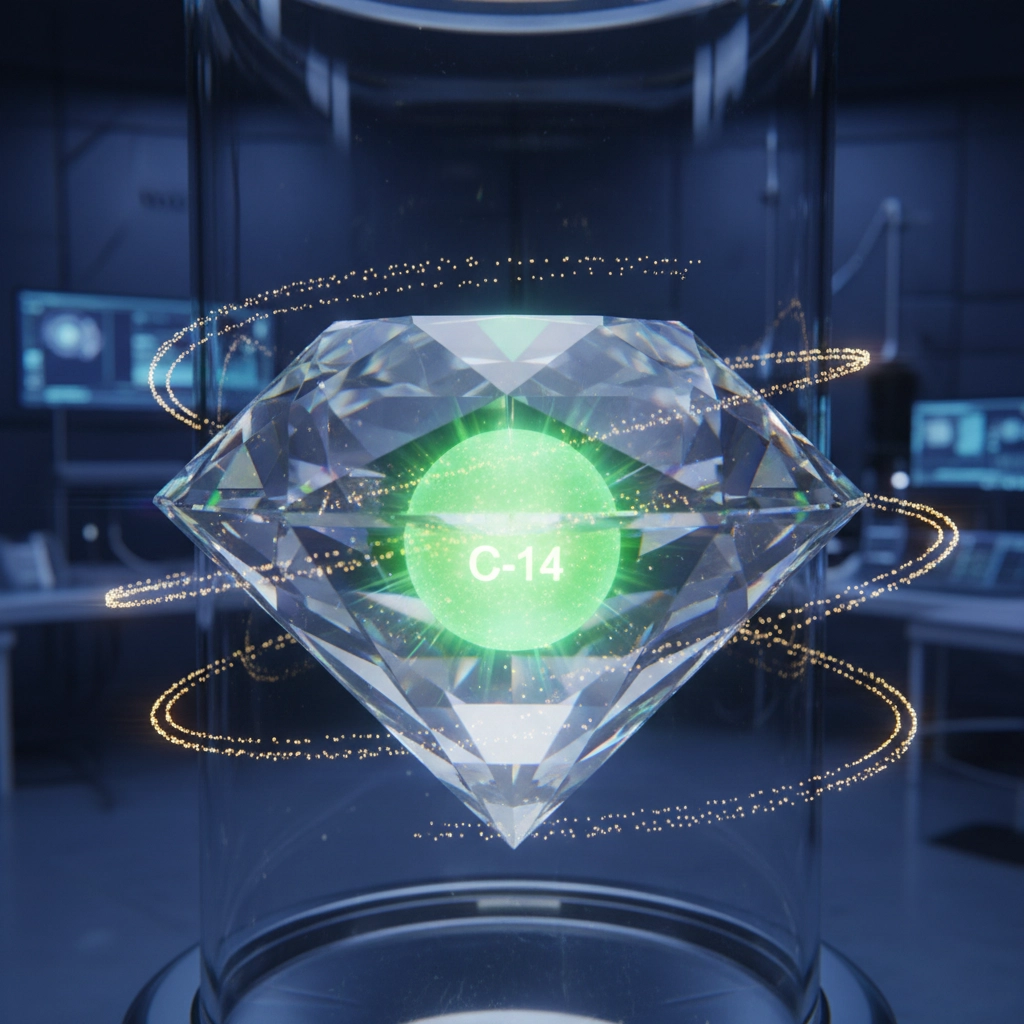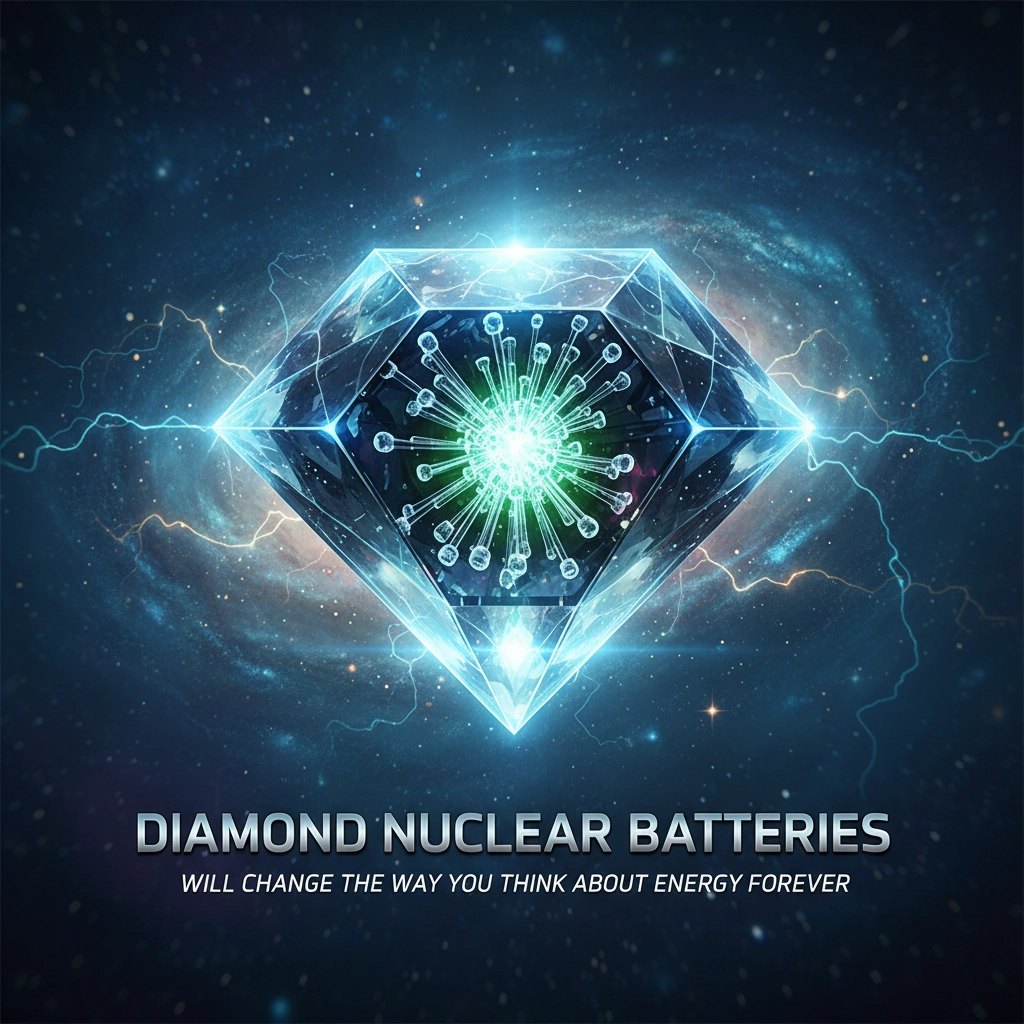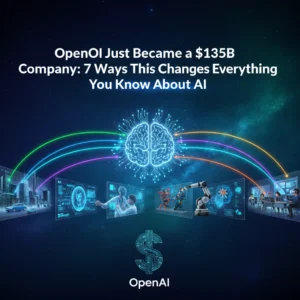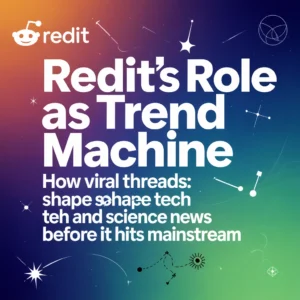What if I told you there's a battery that could power your smartphone for 5,730 years? Sounds like science fiction, right? Well, it's not. Scientists have created diamond nuclear batteries that make your current phone charger look like a stone-age tool.
These aren't your typical rechargeable batteries. We're talking about power sources that could outlive entire civilizations. While you're stressing about your phone dying at 2%, researchers are building batteries that won't need charging until the year 7755.
What Are Diamond Nuclear Batteries?
Let's break this down without the tech gibberish. Diamond nuclear batteries work by trapping radioactive carbon-14 inside manufactured diamonds. Think of it like capturing tiny lightning bolts in the world's hardest cage.
The process is surprisingly elegant. The carbon-14 naturally spits out electrons as it decays. These electrons get harvested to create electricity – no moving parts, no chemical reactions, just pure physics doing its thing.

Here's what makes them safe: diamond is literally the hardest material we know. The radiation can't escape through it. You could hold one of these batteries in your hand all day and get less radiation exposure than eating a banana.
The University of Bristol cracked this code using nuclear waste from old reactors. They're basically turning radioactive trash into treasure. One gram of carbon-14 delivers 15 joules per day and takes 5,730 years to lose half its power. Your AA batteries? They're dead in 24 hours.
Why They Last So Damn Long
The secret sauce is carbon-14's half-life. This isotope doesn't rush through its energy like your laptop battery on a Netflix binge. It takes its sweet time – literally thousands of years.
Compare that to conventional batteries. A standard AA battery weighing 20 grams stores 700 joules per gram but dies faster than a mayfly. Diamond nuclear batteries are the tortoises of the energy world, but they actually win the race.
Scientists first tested this with nickel-63 back in 2017, but carbon-14 turned out to be the real MVP. The best part? We've got tons of this stuff sitting around as nuclear waste. It's like finding out your garbage can generate electricity for millennia.

The implications are mind-bending. Imagine buying a device and knowing your great-great-great-grandchildren will still be using it. We're not talking about planned obsolescence anymore – we're talking about planned permanence.
How This Changes Everything
Remember when your grandpa bought a watch that lasted 30 years? Now imagine that watch lasting 3,000 years. That's the shift we're looking at.
These batteries don't just change gadgets – they flip the entire energy game. No more charging cables snaking across your desk. No more battery anxiety when you're at 5%. No more throwing dead batteries in the trash every few months.
Here's what becomes possible:
• Satellites that never die – Space missions could run for centuries instead of decades
• Medical implants for life – Pacemakers that never need surgical replacement
• Self-sufficient vehicles – Electric cars that never visit charging stations
• Permanent sensors – Weather stations in remote locations that run forever
• Emergency devices – Smoke detectors that actually work when you need them
The manufacturing world would flip upside down. Instead of selling you a new device every few years, companies would compete on who builds the most durable 100-year gadgets. Your smartphone wouldn't be obsolete in two years – it'd be an heirloom.

The Real-World Impact
Let me paint you a picture. Sarah's grandmother gave her a diamond nuclear-powered radio in 2025. It's now 2080, and Sarah's granddaughter is listening to the same radio. Still works perfectly. Never needed a single battery change.
This isn't just about convenience – it's about fundamentally rewiring how we think about ownership and consumption. When energy storage lasts longer than human lifespans, we stop being consumers and become curators.
The economic ripple effects are huge. The global battery market is worth hundreds of billions annually. Most of that money goes to replacement batteries. Diamond nuclear batteries could shrink that market to almost nothing while creating entirely new industries around ultra-durable goods.
Developing countries could leapfrog entire infrastructure stages. Why build power grids when individual devices can run independently for centuries? Remote communities could have reliable power without depending on external energy sources.
The environmental impact? Massive reduction in battery waste. No more lithium mining. No more toxic battery disposal. Just long-term, clean energy that works without harming the planet.
But here's the catch – these batteries produce small amounts of power. They're perfect for low-energy devices but won't run your air conditioner. At least not yet.
The real revolution happens when we design technology around permanent power instead of temporary fixes. Instead of powerful, power-hungry devices, we'd create efficient, elegant solutions that sip energy instead of guzzling it.
If you could buy a device today that would work perfectly for your entire lifetime and then some, what would you choose first?







